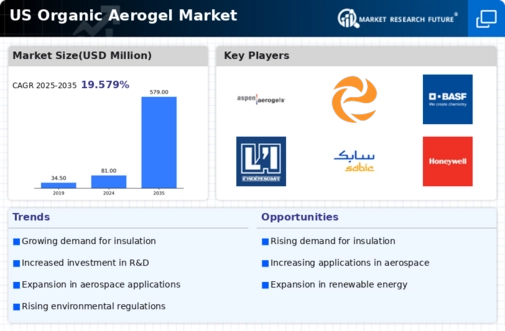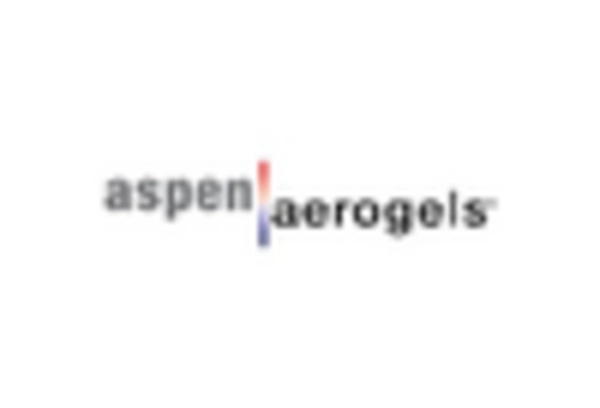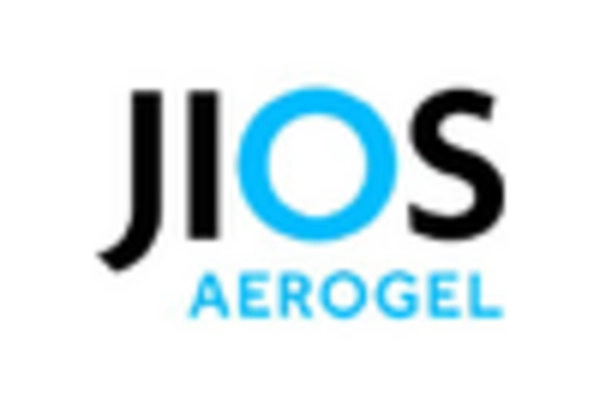US Organic Aerogel Market Summary
As per Market Research Future analysis, the US organic aerogel market Size was estimated at 82.0 USD Million in 2024. The US organic aerogel market is projected to grow from 94.51 USD Million in 2025 to 391.0 USD Million by 2035, exhibiting a compound annual growth rate (CAGR) of 15.2% during the forecast period 2025 - 2035
Key Market Trends & Highlights
The US organic aerogel market is poised for growth driven by sustainability and technological advancements.
- The market is increasingly influenced by a focus on sustainability and eco-friendly materials.
- Technological advancements are enhancing the performance and applications of organic aerogels.
- The largest segment is driven by rising demand for lightweight materials in various industries.
- Key market drivers include energy efficiency initiatives and increased investment in research and development.
Market Size & Forecast
| 2024 Market Size | 82.0 (USD Million) |
| 2035 Market Size | 391.0 (USD Million) |
| CAGR (2025 - 2035) | 15.26% |
Major Players
Aspen Aerogels (US), Cabot Corporation (US), BASF SE (DE), Dow Inc. (US), JIOS Aerogel (KR), Aerogel Technologies (US), Nano High-Tech (CN), Superinsulation (FI)
















